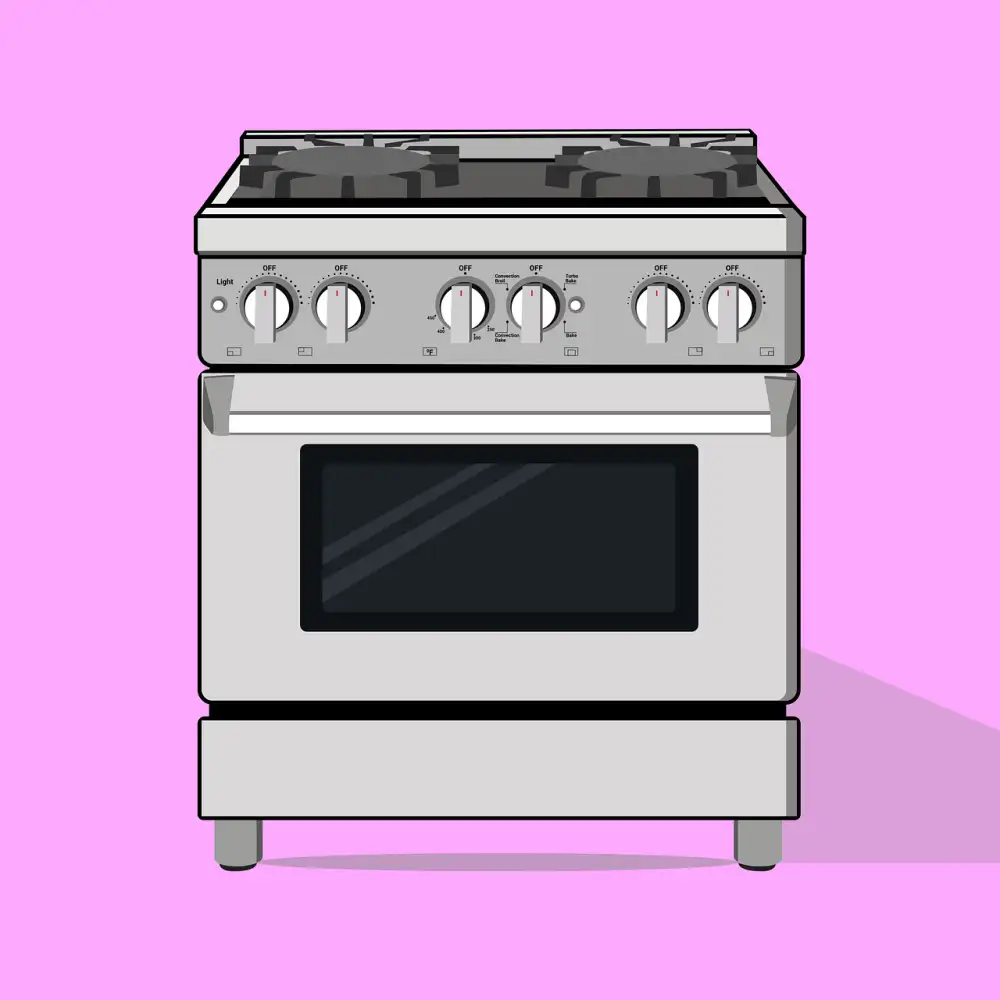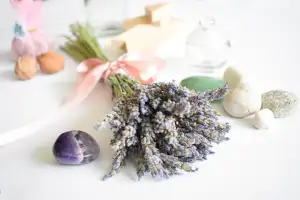Mastering the Art of Cooking: A Step-by-Step Guide on How to Use a Convection Oven at Home

- Understanding the Basics of Convection Cooking
- Preheating the Convection Oven
- Adjusting Cooking Time and Temperature
- Using the Convection Fan
- Proper Placement of Cookware in the Oven
- Tips for Achieving Evenly Cooked Dishes
- Avoiding Common Mistakes in Convection Cooking
- Cleaning and Maintenance of the Convection Oven
Convection ovens are a game-changer in the world of cooking. Unlike traditional ovens, which rely on radiant heat to cook food, convection ovens use a fan to circulate hot air evenly throughout the oven cavity. This results in faster and more efficient cooking, as well as perfectly cooked dishes every time. Whether you're a seasoned chef or just starting out in the kitchen, mastering the art of cooking with a convection oven can take your culinary skills to new heights. In this step-by-step guide, we will explore the ins and outs of using a convection oven at home, from understanding the basics of convection cooking to achieving evenly cooked dishes. So let's dive in and unlock the secrets behind food excellence with a convection oven!
Understanding the Basics of Convection Cooking
Convection cooking is a method that utilizes the circulation of hot air to cook food more efficiently and evenly. Unlike traditional ovens, convection ovens have a fan that helps distribute heat throughout the oven cavity. This constant movement of hot air reduces cooking time and ensures that dishes are cooked uniformly.
The fan in a convection oven helps to eliminate hot spots and cold spots, resulting in dishes that are perfectly cooked from edge to edge. It also allows for faster cooking times, making it ideal for busy individuals who want to prepare meals quickly without sacrificing taste or quality.
One important thing to note is that convection cooking requires lower temperatures than conventional cooking methods. This is because the circulating hot air transfers heat more effectively, allowing food to cook at a lower temperature for the same amount of time. As a general rule, you should reduce the temperature by about 25 degrees Fahrenheit when using a convection oven.
By understanding these basics of convection cooking, you can make the most out of your convection oven and create delicious meals with ease.
Preheating the Convection Oven
Before you start cooking with a convection oven, it is crucial to preheat it. Preheating ensures that the oven reaches the desired temperature and allows for even cooking throughout the entire dish.
To preheat your convection oven, simply set the temperature to the required level and allow it to heat up for about 10-15 minutes. This will give enough time for the oven to reach the desired temperature and ensure consistent results.
It is important not to skip this step as preheating helps in achieving optimal cooking conditions. Without preheating, your dishes may not cook evenly or may take longer than expected.
Remember, every convection oven is different, so make sure to refer to your appliance's manual for specific instructions on how to preheat. Once preheated, you are ready to move on to adjusting cooking time and temperature for perfect results.
Adjusting Cooking Time and Temperature
One of the key benefits of using a convection oven is its ability to cook food faster and more evenly than traditional ovens. However, it's important to note that cooking time and temperature may need to be adjusted when using a convection oven.
When using a convection oven, you can typically reduce the cooking time by about 25%. This is because the hot air circulation in the oven speeds up the cooking process. For example, if a recipe calls for baking at 350°F for 30 minutes in a conventional oven, you can reduce the temperature to 325°F and bake for approximately 22-23 minutes in a convection oven.
Similarly, adjusting the temperature is crucial when using a convection oven. As hot air circulates around the food, it can cause it to cook faster on the outside while remaining undercooked on the inside. To prevent this, it's recommended to lower the temperature by about 25°F compared to what is specified in a recipe for conventional ovens.
It's worth noting that these adjustments are not set in stone and may vary depending on your specific convection oven model. It's always best to consult your appliance's user manual for precise instructions on adjusting cooking time and temperature.
By mastering how to adjust cooking time and temperature in your convection oven, you'll be able to achieve perfectly cooked dishes every time.
Using the Convection Fan
One of the key features of a convection oven is its powerful fan, which circulates hot air evenly throughout the cooking chamber. This constant circulation of heat ensures that your dishes cook faster and more evenly than in a traditional oven.
To use the convection fan, simply turn on the convection setting on your oven. Most models have a dedicated button or knob for this purpose. Once activated, the fan will start spinning, creating a steady flow of hot air.
It's important to note that not all recipes require the use of the convection fan. In fact, some delicate foods like soufflés or custards may be better cooked without it. However, for most dishes, using the convection fan can result in crispier exteriors and juicier interiors.
When using the convection fan, it's essential to adjust both the cooking time and temperature. As hot air is constantly circulating around your food, it cooks faster than in a regular oven. Generally, you should reduce the cooking time by about 25% and lower the temperature by 25°F (or 15°C).
Keep an eye on your food as it cooks with the convection fan. The increased airflow can cause dishes to brown more quickly than expected. To prevent overcooking or burning, check for doneness a few minutes before the recommended cooking time.
In summary, using the convection fan in your oven can greatly enhance your cooking experience. It promotes even cooking and adds a delightful touch of crispiness to your dishes. Just remember to adjust both time and temperature accordingly and keep an eye on your food as it cooks to achieve perfect results every time.
Proper Placement of Cookware in the Oven
When using a convection oven, it is crucial to consider the proper placement of cookware for optimal cooking results. Here are some tips to help you achieve the best outcome:
1. Allow for Sufficient Airflow: To ensure even cooking, leave enough space between dishes and the oven walls. This allows hot air to circulate freely around the food, resulting in consistent browning and crispness.
2. Use Low-sided Cookware: Opt for low-sided pans or baking sheets when using a convection oven. This allows hot air to reach the food from all angles, promoting faster and more even cooking.
3. Avoid Overcrowding: While it may be tempting to cook multiple dishes simultaneously, overcrowding can hinder proper airflow and lead to uneven cooking. If necessary, cook in batches or use multiple racks with adequate spacing.
4. Position Cookware Properly: Place larger items on lower racks and smaller ones on higher racks for efficient heat distribution. This helps prevent overcooking or undercooking due to varying distances from the heat source.
5. Use Light-colored Cookware: Dark-colored pans absorb more heat, which can cause food to brown too quickly or burn. Opt for light-colored cookware that reflects heat instead.
By following these guidelines, you can ensure that your dishes are cooked evenly and thoroughly in a convection oven, resulting in delicious meals every time
Tips for Achieving Evenly Cooked Dishes
To achieve evenly cooked dishes in a convection oven, follow these tips:
1. Use the right cookware: Opt for light-colored, shallow pans with low sides. This allows hot air to circulate around the food, promoting even cooking.
2. Arrange dishes properly: Leave enough space between items to ensure proper airflow. Crowding the oven can lead to uneven cooking and longer cook times.
3. Rotate pans halfway through: To ensure even browning, rotate the pans halfway through the cooking process. This helps to distribute heat evenly and prevents one side from becoming overcooked.
4. Monitor cooking time: Keep a close eye on your dishes as they cook. Convection ovens tend to cook faster than traditional ovens, so adjust your cooking time accordingly to avoid overcooking.
5. Use lower temperatures: Lowering the temperature by about 25 degrees Fahrenheit compared to traditional recipes is recommended when using a convection oven. This helps prevent burning or drying out of the food.
6. Check for doneness early: Due to faster cooking times, check for doneness a few minutes earlier than usual. Use a meat thermometer or toothpick test to ensure your dish is cooked through without being overdone.
By following these tips, you can achieve perfectly cooked dishes with even browning and consistent results every time you use your convection oven
Avoiding Common Mistakes in Convection Cooking
While cooking with a convection oven can greatly enhance your culinary skills, it's important to be aware of some common mistakes that can occur. Here are a few tips to help you avoid these pitfalls:
1. Overcrowding the Oven: One of the biggest mistakes people make is overcrowding the oven. It's important to leave enough space between dishes for the hot air to circulate properly. This ensures even cooking and prevents uneven browning.
2. Using Incorrect Cookware: Another mistake is using the wrong type of cookware. Make sure to use pans and baking sheets that are compatible with convection cooking. Avoid using glass or ceramic dishes as they may not withstand the high temperatures.
3. Ignoring Preheating: Always preheat your convection oven before placing food inside. This allows for more accurate cooking times and ensures that your dishes cook evenly from start to finish.
4. Not Adjusting Cooking Time and Temperature: Convection ovens cook food faster than traditional ovens, so it's important to adjust both the cooking time and temperature accordingly. Reduce the recommended cooking time by 25% and lower the temperature by about 25°F (15°C).
5. Neglecting to Use a Timer: It's easy to get caught up in other tasks while cooking, but neglecting to use a timer can lead to overcooking or burning your dishes. Set a timer for each dish you're preparing to ensure perfect results every time.
By avoiding these common mistakes, you'll be well on your way to mastering the art of convection cooking and creating delicious meals with ease!
Cleaning and Maintenance of the Convection Oven
Cleaning and maintaining your convection oven is essential to ensure its longevity and optimal performance. Here are some tips to keep your oven in top shape:
1. Regularly wipe down the interior of the oven with a damp cloth or sponge to remove any food residue or spills. Avoid using abrasive cleaners that can damage the oven's surfaces.
2. Clean the convection fan regularly by removing it from the oven and gently wiping it with a soft cloth or brush. This will prevent any buildup of grease or debris that can affect its efficiency.
3. Remove and clean the oven racks separately using warm soapy water. Scrub off any stubborn stains or burnt-on food particles before rinsing and drying them thoroughly.
4. Pay attention to the door seals and hinges, as they can accumulate dirt and grime over time. Use a mild detergent solution to clean them, ensuring they are free from any buildup that may hinder proper sealing.
5. For stubborn stains or grease buildup on the oven walls, use a non-abrasive cleaner specifically designed for ovens. Follow the manufacturer's instructions carefully, and always test on a small area first.
6. Remember to clean the exterior of your convection oven regularly as well, using a gentle cleaner suitable for stainless steel or other materials used in its construction.
By following these cleaning and maintenance practices, you can ensure that your convection oven remains in excellent condition, allowing you to continue creating culinary masterpieces with ease and precision.
In conclusion, mastering the art of cooking with a convection oven can greatly enhance your culinary skills. By understanding the basics of convection cooking and following the proper techniques, you can achieve perfectly cooked dishes every time. Remember to preheat the oven, adjust cooking time and temperature accordingly, and utilize the convection fan for even heat distribution. Proper placement of cookware is also crucial for optimal results. By avoiding common mistakes and regularly cleaning and maintaining your convection oven, you can ensure its longevity and continue to create delicious meals for years to come. So go ahead, unleash your creativity in the kitchen, and let the wonders of convection cooking take your dishes to new heights!
Published: 28. 12. 2023
Category: Home



